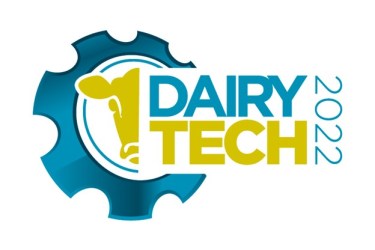By Alastair Johnston
Choosing the right company structure is an important decision for any business owner. Get it right and you have the foundations for success. Get it wrong, and you could be placing your personal and business assets at unnecessary risk.
Business law provides entities with three main structural options to choose from: sole trader, partnership and limited company. There are also other more specialised arrangements and the opportunity to be part of linked (or several) entities that combine these three structures.
Which option you choose will influence how decisions are made, how the business can be financed, and how much tax is paid on income and on asset disposal. To ensure you’ve found the right structure for your farm, it is essential to periodically evaluate if the one in place is right for future generations and to meet current goals of the owners. Without doing so, it is likely to constrain decision making and trust between business owners and managers. You could also be paying a lot more tax than you need to.
Sole Trader
As the simplest of the options, a sole trader farm has one owner and they themselves are essentially the business.
This structure’s popularity is largely due to low administrative costs and ease to establish. However, the main drawback of being a sole trader is that there is unlimited liability. This means the owner is personally responsible for all the farm’s financial liabilities, as well as its successes.
Partnership
A general partnership operates in a similar way to a sole trader – with unlimited liability, administrative costs, and less legal formality than a limited company. The roles and responsibilities of each partner should be outlined in a legal partnership agreement, which determines how profits, assets and liabilities are shared. The partnership agreement can also detail the contributions of each partner, which could be land, equipment, livestock or cash.
This approach, however, does come with some drawbacks. With unlimited, personal liability, a partner can become personally responsible for the debts of other partners even when those debts are unconnected with the business itself.
Limited Company
When set up as a limited company, a farm is a separate legal entity from the (one or more) owners, it is responsible in its own right for all its dealings and is treated in law as a non-living person.
Shareholders are people who own ‘shares’ in a limited company. They own a portion of the company and can be paid dividends proportional to the number of shares they own.
All limited companies have a board of directors who control the business on behalf of the shareholders, who can also be directors. They can raise debts, appoint staff and purchase assets. They’re also legally responsible, although not personally responsible for debts unless they are found to have acted against the rules of the company’s constitution or Company Law.
Each year, a limited company is required to file an annual return, which sets out who the directors and shareholders are. They also need to file their accounts with Companies House as part of the public record. While this may seem bureaucratic, it is very straightforward and can easily be completed online. As most farms are classed as small businesses only, abbreviated accounts with very little detail are required. As such it is very difficult for anyone to see how much profit a business is making, but the level of debt and amount owed to creditors is shown. If you like to keep your debt levels a secret this probably isn’t the right structure for you.
Why do many farms operate as a limited company?
Managing your farm as a limited company is more demanding in terms of the paperwork that must be completed each year. But despite that, there are many benefits to operating in this way.
The main reason people incorporate companies is to limit their personal liability; far fewer businesses would exist if everyone who set one up had to risk the family home. With this structure, should anything go wrong, you and your family are only personally responsible to the limit of the share capital they have invested in the business, provided your house is not part of the farm assets. However, a word of warning: if you give personal guarantees on overdrafts of loans, this liability is eroded for those commitments.
Other benefits include flexibility in asset separation, for example keeping some or all the owner’s land outside the company. It may also facilitate raising capital other than from banks, creating beneficial pension schemes and bringing individuals back into business.
So, which option should you choose?
While we’re able to lay out the pros and cons of each option, there is no defined answer to which structure is the right one. Every business and farm is unique, and you should be considering what you’ll require from your business structure.
It begins with having clarity and good organisation. To choose wisely there must be an understanding of the goals of the investors and managers of the business, as well as considering the strengths, weaknesses, opportunities and threats your business is facing. Only with this information to hand, can you establish the basics of your farm’s business plans and, therefore, consider what will work best for everyone involved.
Ultimately, the decision on structuring the business in the best way can only be done through trust and open dialogue between owners and managers. It is never too early to start thinking about the next generation and what might happen as a result of death, divorce or debt. Relying on a strong foundation and the advice of professional experts will help you to ensure any decision made is the right one and one that will create the best environment to excel. After all, an investment in advice and knowledge is invaluable, paving the way to structural success.







